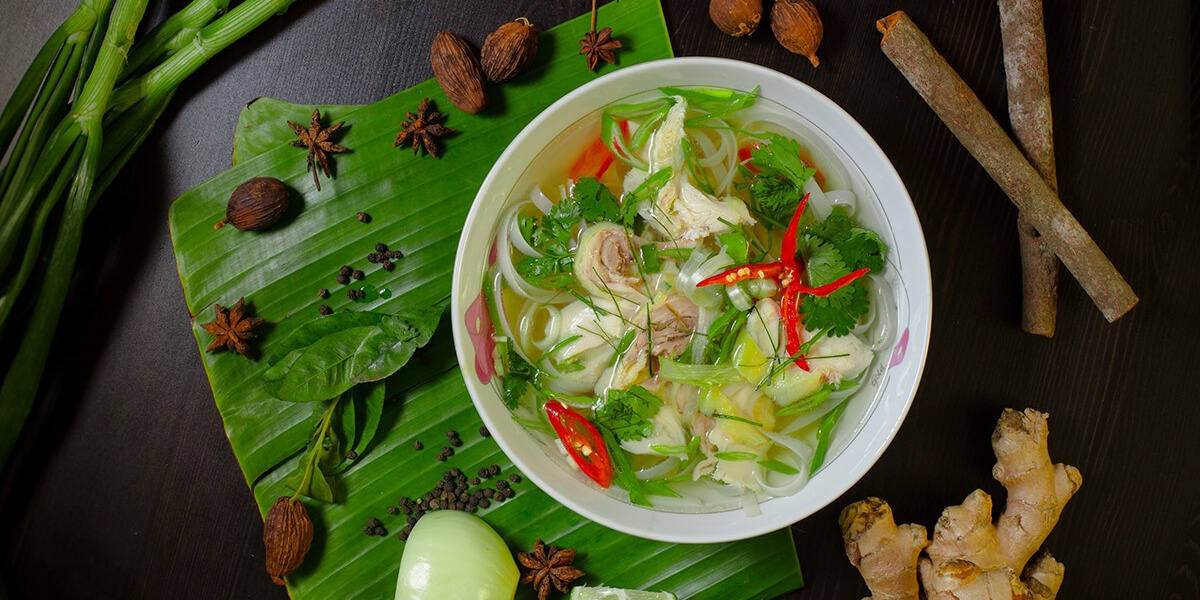I - Top 7 common Vietnamese herbs in cooking
1 - Coriander
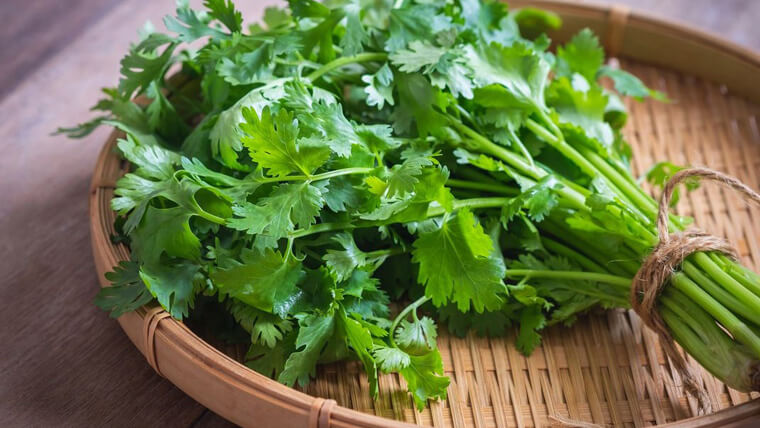
Coriander - Source: Internet
Coriander (coriander) has a pleasant aroma, mildly spicy taste like the taste of tangerine peel, used in many dishes such as vermicelli, noodles, pho, mannequins or stewed soups to help add aroma and color to the food. Not only used in cuisine, but coriander is also known as an effective herb in treating insomnia, strengthening bones, purifying blood, protecting the heart, and limiting heart attacks, stroke.
This kind of Vietnamese herbs seeds is so popular in bathing in Vietnam. On the occasion of the Lunar New Year, old coriander trees are bought by many people to boil water to bathe with the meaning of making the body clean and fragrant to welcome the new year. For young children, bathwater with coriander seeds also helps to kill bacteria and fight measles.
2 - Sawleaf
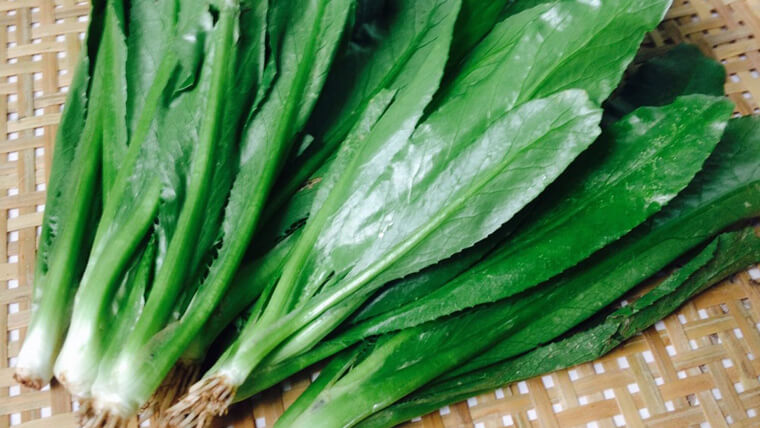
Saw leaf - Source: Internet
Chinese coriander (saw leaf) is a vegetable with serrated leaves and a special aroma. This is an indispensable ingredient in sour bamboo shoot soup, duck mandarin soup, or fish soup with bamboo shoots. The smell of this kind of popular Vietnamese herbs is also added to pho dishes to enhance the flavor.
Not only that, Vietnamese people often combine coriander with fresh ginger, wormwood, and chrysanthemum to make tea for colds or use coriander juice to treat digestive disorders. In addition, cilantro, if mixed with fresh ginger, also contributes to improving bloating and indigestion. Vessel juice combined with turmeric starch is used as a natural mask to help whiten skin, treat acne, acne effectively.
3 - Perilla - one of the most common Vietnamese herbs used in cooking
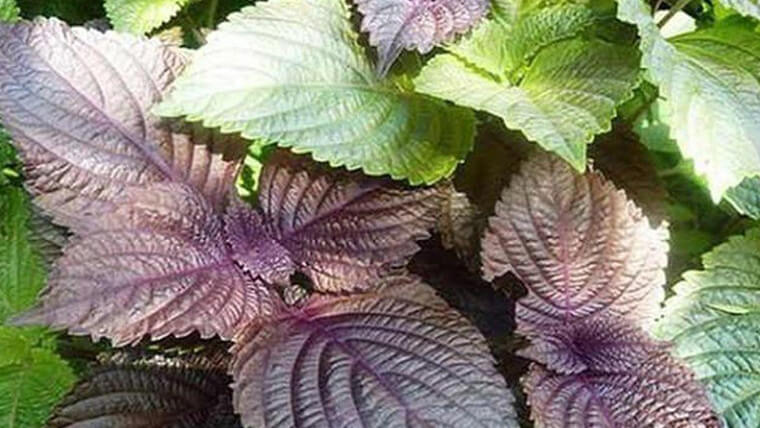
Perilla leaves - Source: Internet
Perilla has a purple-green color, fragrant and mildly spicy, often used to make dishes such as perilla ribs porridge, braised eel with banana, tofu & perilla, frog stir-fried with perilla,.. In addition, people often use perilla leaves with a few lemongrass leaves, basil leaves to relieve colds or cook to drink water to treat gout, abdominal distention, and seafood poisoning.
Perilla is well-known as one of the most popular leaves used in Vietnamese herbal steam baths & sauna as remedies. You can pound perilla leaves and apply them to arthritis or wounds to stop bleeding and relieve pain. Tea from dried perilla leaves also has a beautiful effect, helps increase moisture, anti-aging, and softens calluses on the skin.
4 - Laksa leaves
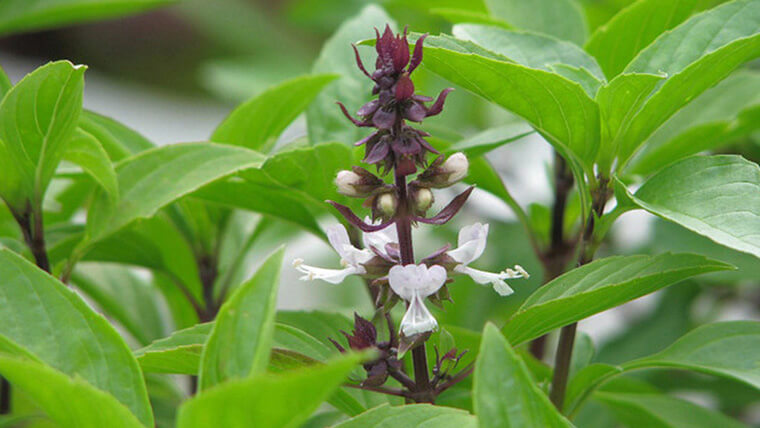
Laksa leaves - Source: Internet
The laksa leaves have a special aroma and warm spicy taste. This is one of the most fragrant herbs used in Vietnamese cooking. It is often used to cook soup, served with cold dishes such as mussel porridge, goby fish hotpot, seafood porridge, duck egg porridge, chicken or duck salad,...
Laksa leaves helps to support good eyesight, detoxify the body, improve memory or help keep bones strong. In addition, use laksa leaves juice to cure skin diseases such as scabies, ringworm, blisters.
You can use laksa leaves as a beauty treatment, the juice from laksa leaves is effective and safe to tighten pores, without harming the skin.
5 - Basil - typical Vietnamese herbs for Pho
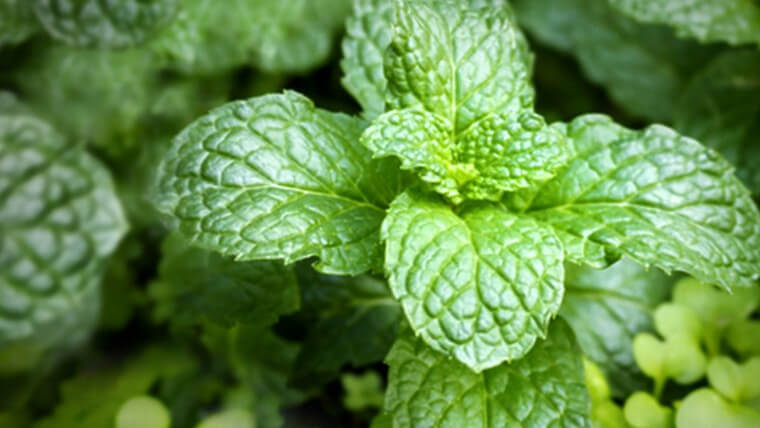
Basil leaves - Source: Internet
Basil (dog basil) has a spicy taste and a faint scent of cinnamon. Basil is often used as a herb to accompany popular dishes such as boiled meat, spring rolls, pork intestines, duck meat, duck vermicelli, pho soup,... The seeds of the basil plant are also used in tea dishes and are known as é seeds.
Basil combined with boiled honey to drink helps strengthen the immune system, reduce fatigue, limit the aging process and prolong life. Basil essential oil is taken in the steam, helping to improve problems related to the respiratory system such as colds, flu, cough, asthma, bronchitis, and sinusitis.
6 - Mint leaves
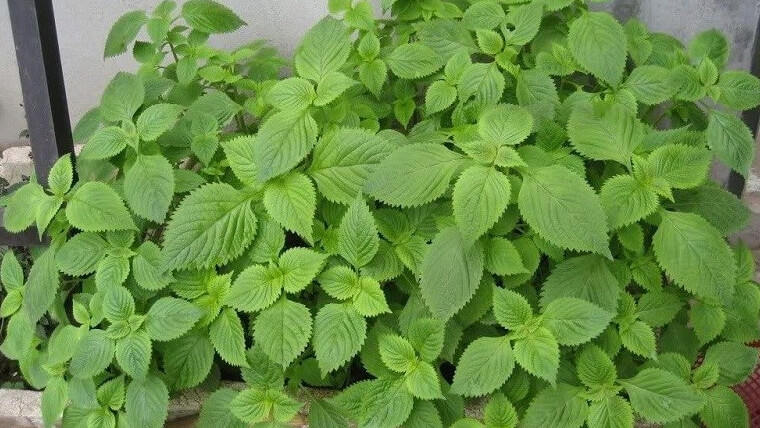
Mint leaves - Source: Internet
In the Vietnamese herbs list, mint is an indispensable leaf. Mint has a strong aroma and cool spicy taste often used to make ice cream, soda, cocktails, mojito, syrups, candies, salad dressings or salad rolls, etc. If you use mint with the same kind as marjoram, scallions to make tea, it will help treat coughs and colds. Many people also often inhale menthol for the purpose of clearing the respiratory tract and fighting infection. Not only that, using mint leaves to chew or rub your teeth is also an effective method of bactericidal and fresh breath.
7 - Vietnamese balm - one of the best Vietnamese herbs for spring rolls
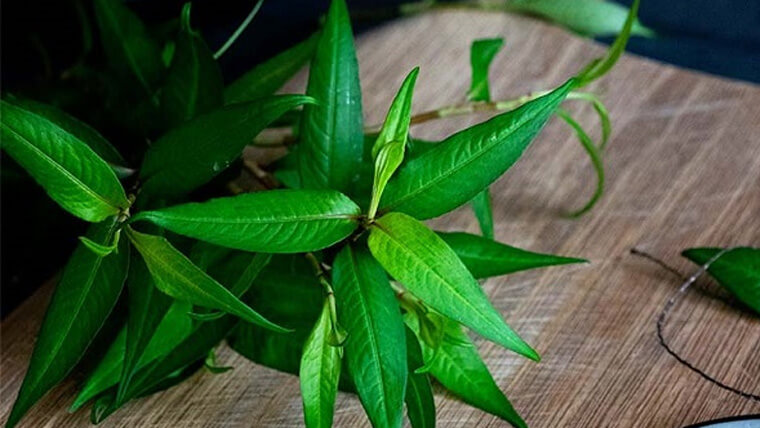
Vietnamese balm - Source: Internet
Vietnamese balm is a plant containing many essential oils, spicy, and warm properties. Marjoram is often served with dishes such as baluts, vermicelli with shrimp paste, vermicelli, snail dishes, or in the salads of Northern Vietnam.
You may find it interesting: Balut and 8 other werid food in Vietnam
Not only used in cuisine but marjoram is also known as a medicine, bringing many health benefits. People often decode marjoram leaves to drink water, combined with other herbs such as cross-frame, licorice, and sandalwood to help improve and cure flu-related symptoms such as fever, aches, and pains.
II - How to grow Vietnamese herbs at home?
You can completely grow herbs at home with the following simple tips.
1 - Sowing seeds
For plants such as marjoram, perilla, and basil you can sow seeds directly into the ground, from 7-10 days the seeds will germinate. With coriander or coriander to increase the germination rate, you should soak it in warm water for 10 to 12 hours, then plant it, from 10 to 15 days the seeds will germinate.
Other Vietnamese herbs seeds such as mint, laksa leaves can be grown directly from the stem. We cut the trunk into 10-12cm segments and then planted ⅔ of the trunk, the branches will gradually grow roots and grow into trees.
You should use covers such as cardboard, newspaper to cover after sowing seeds or cuttings. Regularly check the humidity to add water to the plant and place the plant in a place with lots of light for the plant to grow.
2 - Vietnamese herbs caring
In the first days, the frequency of watering the plants is 2 times/day, the following days can be added depending on the humidity and weather outside.
When the plants are 20 to 30 days old, you can transfer the plants to separate pots for planting. Note that do not water the plants when it is sunny and should apply more organic fertilizers to the tree to divide more branches and collect the tops and leaves for a longer time. Depending on the type of tree, after about 2-3 months you can harvest.
Vietnamese herbs are indeed very diverse with a list of marjoram, laksa leaves, basil, mint,... Hope this article from Localtravelidea will help you understand more about the vegetables that make up the unique beauty of Vietnam.







 — Giang Phạm
— Giang Phạm



